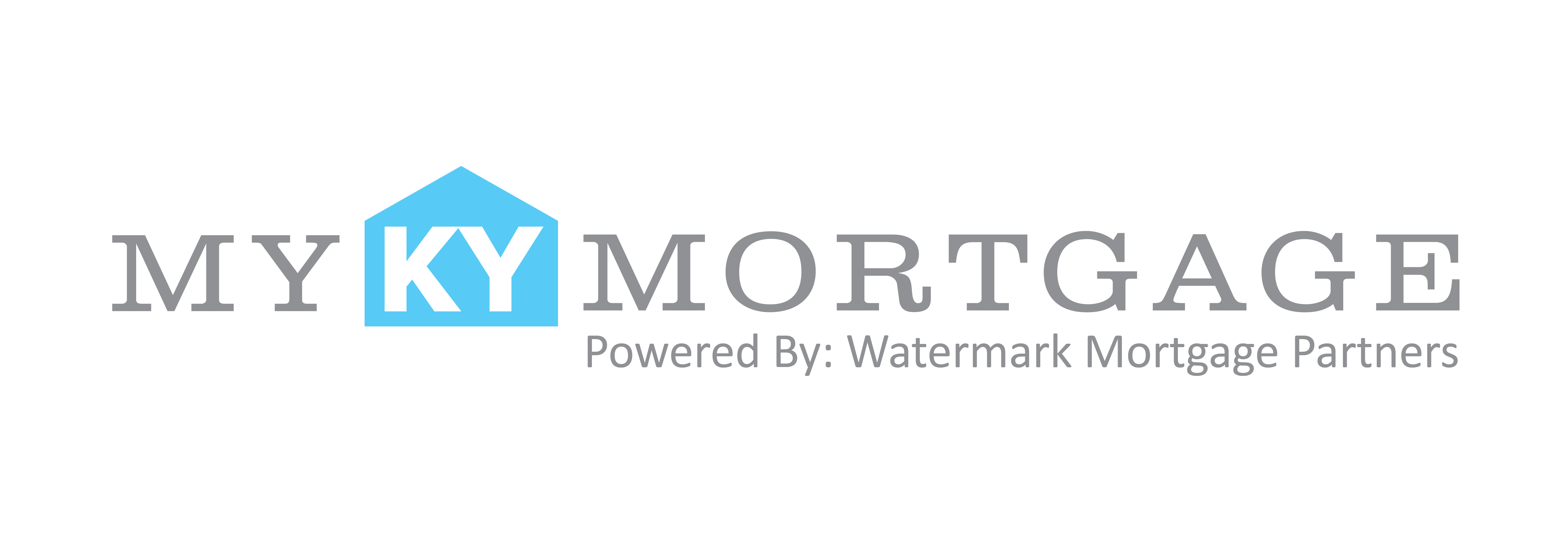If you’re thinking about refinancing your mortgage to lower your interest rate, to help shorten your loan term, or to convert equity into cash for any unforeseen expenses, you’ll need to be aware that there also are closing costs to consider.
Closing costs are about $5,000, although this varies according to the size of your loan, as well as the state and county in which you live. Typically, you can expect to pay 2 percent to 5 percent of the loan principal amount in closing costs (for example, $4,000 to $10,000 for a $200,000 mortgage refinance).
Broken down, fees can run anywhere from $75 to $300 or more for an application fee to between $500 to $1,000 for the attorney/closing fee. There also are costs involved for origination/underwriting; recording; appraisal; credit check; title services; and survey. Wondering how you might be able to cut some of these costs? Here are six suggestions to keep in mind when refinancing your mortgage.
1. Boost your credit score
The better your credit, the lower the interest rate you’ll qualify for when refinancing. To get the best rate you can, try to improve your credit before you begin applying to refinance. Check your credit report, and review it for any errors, at AnnualCreditReport.com. If you spot a mistake, you can dispute it by contacting the credit reporting agencies (Equifax, Experian, or TransUnion). Also, maintain your credit by paying all of your bills on time, keeping your credit card balances well below the limit and paying more than the minimum amount, if possible.
2. Negotiate closing costs
As with your first mortgage, you’ll want to examine the loan estimate from your lender closely to see the breakdown of costs. You may save yourself some money by negotiating closing costs. If some fees seem unusually high, including the application fee, underwriting fee, or rate-lock fee, it’s worth asking to see if these can be lowered.
3. Ask for fee waivers
You can ask your bank or lender to waive or lower the application or credit check fees. You can also see if your loan officer will let you forgo a new home appraisal or survey if you’ve recently had one done. Your lender may be willing to work with you, particularly if you’re an existing customer.
4. Assess whether to buy mortgage points
If you want to lower your closing costs, consider whether buying mortgage or discount points. While buying points can lower your interest rate, it’s usually best only when you expect to own the home for a long time. You can use a mortgage refinance calculator to help determine whether it’s worthwhile to buy points when refinancing.
5. Go with your original title insurer
You can try to cut down your title services costs by asking your current title insurance company how much it would charge to reissue the policy for your refinanced loan. Doing this may cost less than starting from scratch with a new company or policy.
6. Consider a no-closing cost refinance
This option isn’t free, but it means you won’t have to pay fees at closing. Instead, the lender will either raise your interest rate or fold the closing costs into the new loan. The advantage of a no-closing-cost refinance is that you don’t have to come up with thousands of dollars to pay the fees at the loan signing. However, you might end up paying more during the life of the loan.



